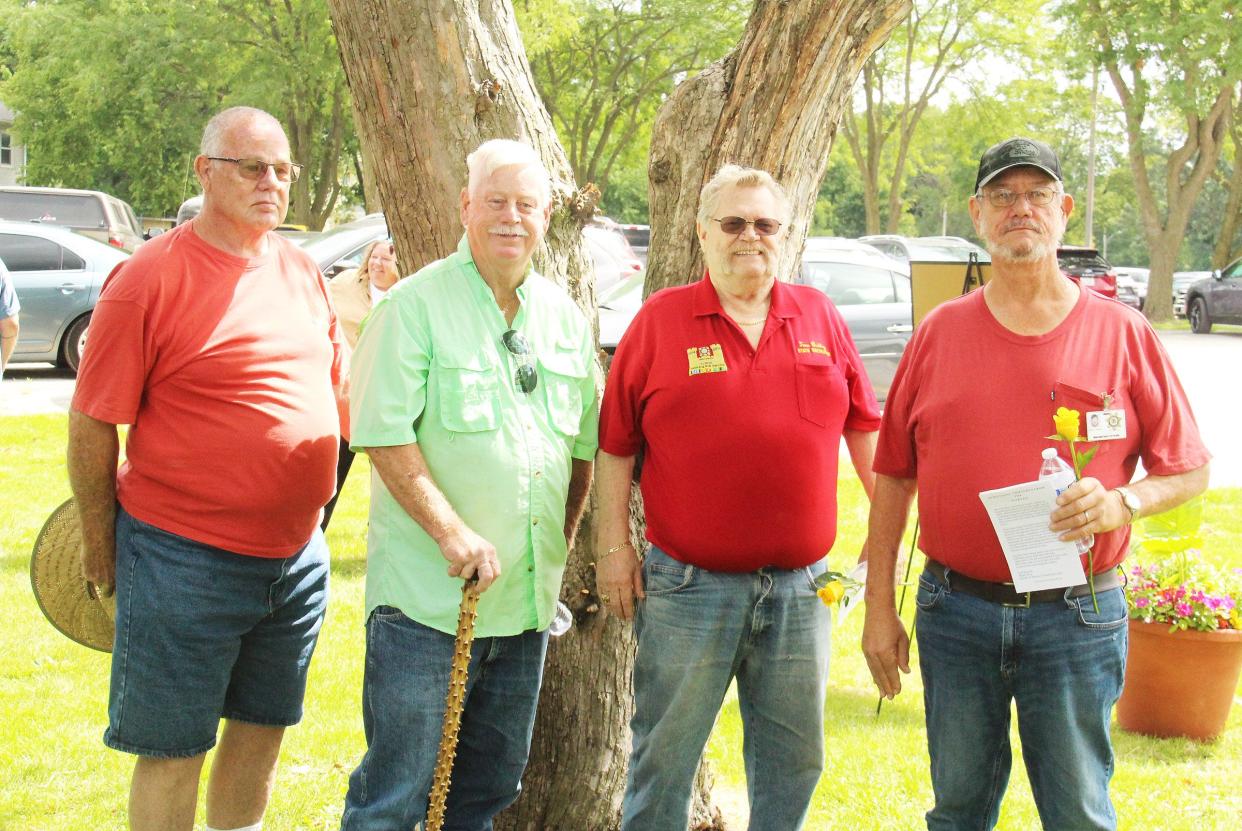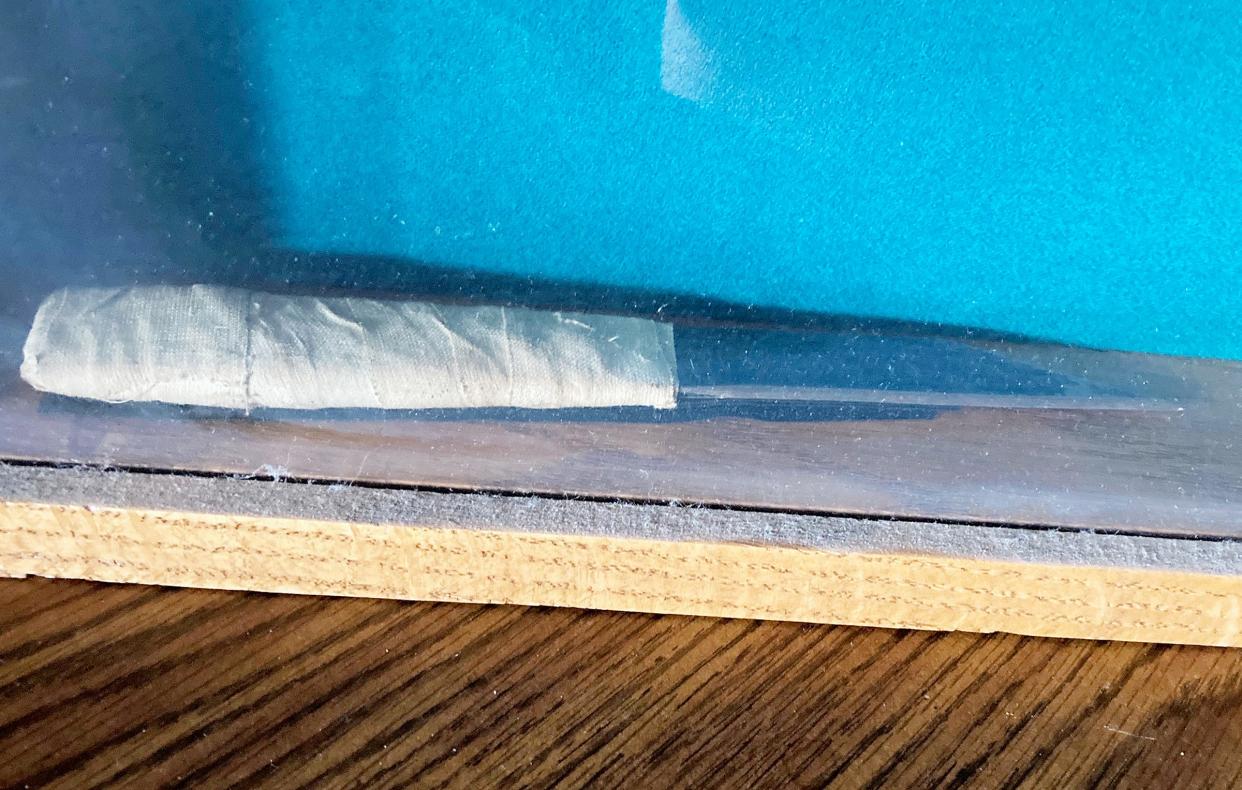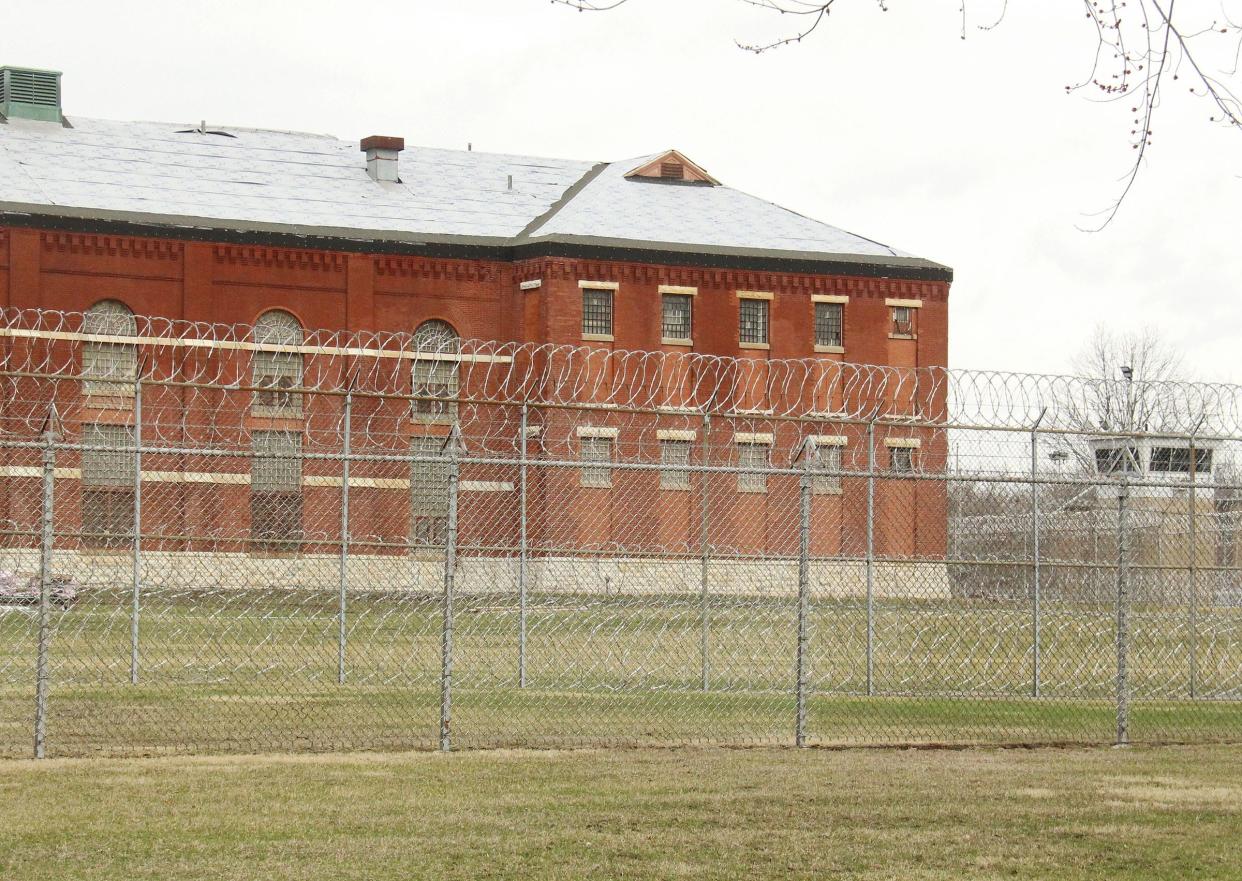Rumors, violence, red flags preceded the 1978 Pontiac Correctional Center riot
(This is the first in a three-part series remembering the Pontiac Correctional Center riot on July 22, 1978. The Pontiac Daily Leader interviewed PCC guards Tom Bailey, Richard Jones, Terry Norgaard and Dan Ramsey, and Al Lindsey of the Illinois State Police, all of whom were inside the walls of the prison at some point that day.)
In 1971, deadly riots at prisons in New York and California made national news.
Nothing like that had happened before in Illinois.
When it did happen, it happened in Pontiac.
It was July 22, 1978.
It was a particularly hot day in Pontiac. At the prison, a riot would break out involving more than 1,000 inmate. Three men — Lt. William Thomas, Correctional Officer Stanley Cole and Correctional Officer Robert Conkle — would be stabbed to death in what has been described as the worst prison riot in Illinois history.
Before the day of the riot, there were the days and weeks leading up the riot — a volatile time filled with rumors, violence and red flags.
More: Ceremony honors those who died in 1978 Pontiac Correctional Center riot

Rumors floating
“There were always rumors floating that there was something that was going to go down,” said Tom Bailey, a correctional officer at Pontiac Correctional Center in 1978. “It happens so often, and so many rumors floating. It's like the man who called wolf. We were numb to it.”
Two weeks before the riot, two corrections officers were assaulted on 4 Gallery of the North Cellhouse, Bailey said. He and another guard were called to help quell the situation.
“I turned around to the other officer at the door and I said, 'There's officers on 2 Gallery, and I ran up there and nobody followed me,” Bailey said.
“Ralph King and Joe King (were the two officers),” Bailey added. “Joe was up there trying to throw an inmate off the gallery, it was a short gallery, and Ralph had been hit in the head with a pipe or something and he couldn't see; there was blood all over his face. I took Ralph off the gallery.
“While I was going down to the gallery to them, all the inmates that were on the landing went into a cell and locked up. I didn't know who they were but they went into anybody's cell and closed the door.”
Bailey helped Ralph King off the gallery, and the situation was settled.
“After that day, they took (Joe) King, Ralph and me out of that cell house,” Bailey said. “Up until that time, that was our assignment.”
Weapons found

Then, a few days before the riot, correctional officer Dan Ramsey discovered a stash of weapons under a floorboard in the gymnasium.
“I had an assignment in there where these inmates had opportunity to get this thing organized,” Ramsey said. “I was in security in what they called Leisure Time Services, which is the gymnasium. You had inmates coming in there from all three cell houses, a certain amount every day, doing weightlifting, doing boxing, doing whatever activities they had. I'd go down in the morning after roll call and do a shakedown of that place routinely.”
The gymnasium floor has just been painted a few weeks ago, and Ramsey noticed that the pain on some of the nails was already chipped.
“They were using weapons or something to pry that flooring up and the joist in between there," Ramsey said. "I went to the armory and got a hammer and a crowbar and I lifted it up. I pulled out bundles of shanks all wrapped up in pillow cases, dozens of them.”
The industry building was next to the gym. It had a metal shop where shanks could be produced. Inmates would use a shearer to create blades and throw the blades out of a window, Ramsey said.
“The inmates would pick them up from the yard and bring them in the gym,” Ramsey said. “They would horde them in there and then pass them out.
“They were planning something (and) we knew it then," Ramsey said. "We kept writing reports and telling administration about it. It never went nowhere. I don't know what the deal was.”
'Could have been a lot worse'
A slight change in the daily routine on the day of the riot may have prevented the uprising from being worse than it was.
“When the West house is in the dining room, that's when the North house comes off the yard and goes back to the cell house. The South house is in the chapel going to a movie," Bailey explained. "This particular day, the West wasn't eating. They were all sitting around not eating. They weren't doing anything.”
The lieutenant in charge decided to take the West house inmates back to their cells before the North inmates were sent back, Bailey said. This made it so the prison's West house inmates were almost all in their cells when the riot broke out.
Bailey believes had this move not taken place, the dining room would have fallen into the inmates' hands.
“As it turned out, it could have been a lot worse. If the West house had been in the dining room, they probably would have firebombed me and took over the dining room with all the knives and everything else,” Bailey said. “With West house being back in their house, it saved that from happening. That was a rarity.”

This article originally appeared on Pontiac Daily Leader: Rumors, violence, red flags preceded the 1978 Pontiac prison riot
